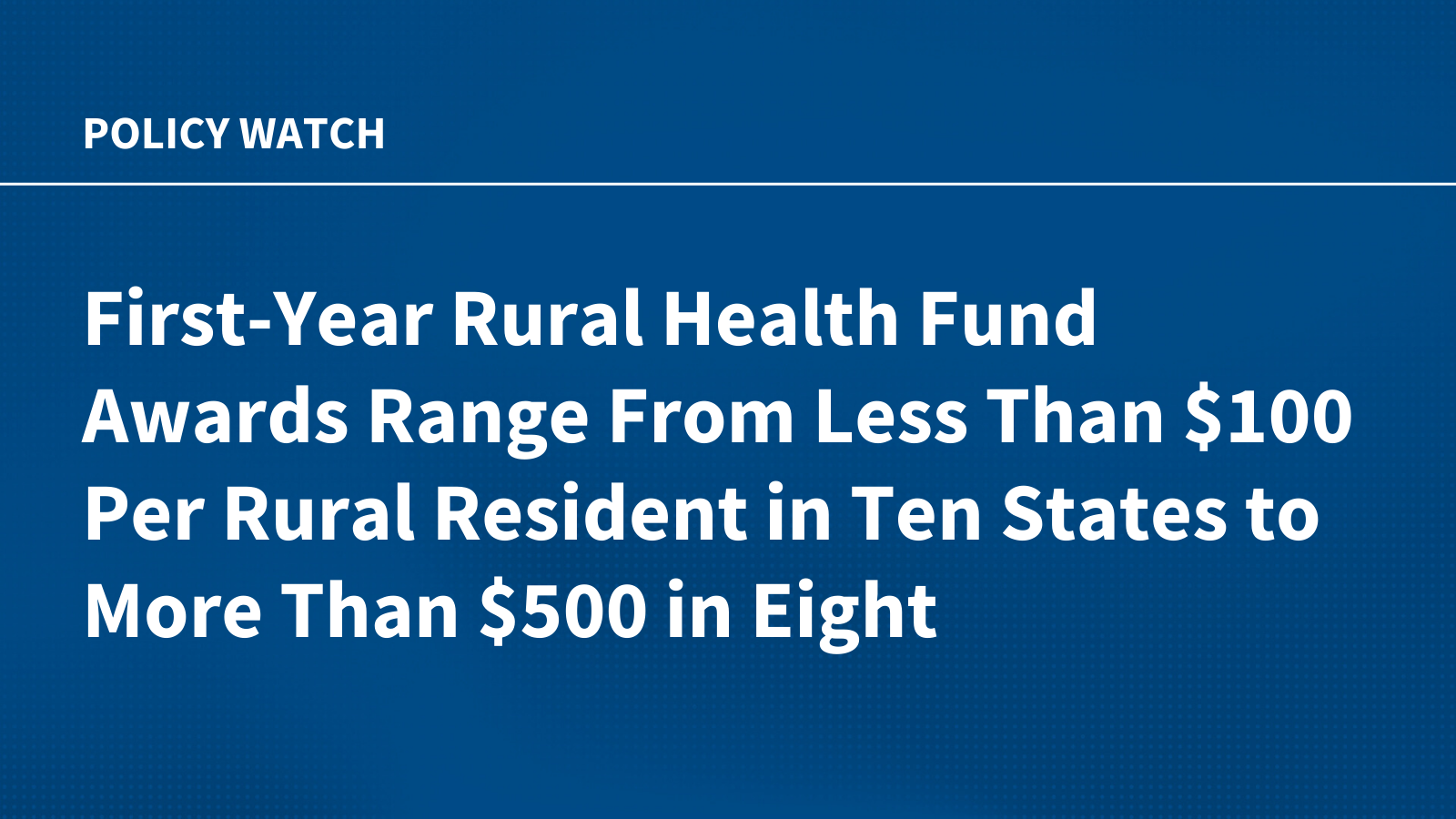Highlights:
- Patient payment estimator tools give patients a clear, accurate view of the cost of care upfront.
- Patients who understand their financial responsibility have better financial experiences and are more likely to make a plan to pay their medical bills.
- Experian Health data has found that 43% of patients say they’re likely to postpone or cancel care without an estimate. However, when patients know the cost of care up front, 81% say it helps them better prepare to pay, and nearly 40% say they have a better payment experience.
- As price transparency laws become stricter and enforcement tightens, providers can use patient estimator tools to ensure compliance with evolving regulations.
When healthcare estimates are inaccurate, patients are more likely to cancel medical appointments or struggle to pay their bills. Despite upticks in the number of estimates sent to patients, accuracy has declined, leaving patients unsure about the cost of care and providers vulnerable to chasing collections and potential compliance issues.
With healthcare costs continuing to climb and pricing transparency regulations getting tighter, nearly 90% of providers feel an urgent need to improve or implement accurate estimates. Patient payment estimator tools offer a solution that providers can leverage to improve accuracy and stay compliant.
What is a patient payment estimator?
In healthcare, a patient payment estimator is a technology solution providers can use to create and send patient estimates. Payment estimators use specific data inputs like insurance benefits, contracted payer rates, and provider service pricing to generate estimates. Providers are then able to print them in-office or send them to patients through a self-service web portal or mobile device with a secure text link.
Patient payment estimators play an important role in keeping revenue cycles on track. When patients have accurate upfront estimates, they can make more informed decisions about their healthcare and make a plan to pay. Patient estimating tools are also commonly leveraged by providers to meet regulatory requirements, like the new executive order aimed at strengthening hospital price transparency signed by the U.S. president on February 25, 2025.
Benefits of implementing a patient payment estimator
Patients want to understand the cost of care before receiving services and how much insurance will cover, while providers want to keep schedules full and spend less time chasing point-of-service payments. Patient payment estimator solutions benefit both patients and providers.
According to recent Experian Health data, 43% of patients say they’re likely to postpone or cancel care without an estimate. However, when patients know the cost of care up front, 81% say it helps them better prepare to pay, and nearly 40% say they have a better payment experience.
Patient payment estimator solutions allow providers to easily create and send clear and accurate upfront estimates. This helps providers avoid revenue leaks, improve revenue cycles, streamline estimate delivery, reduce errors and replace outdated manual processes.
Additionally, today’s healthcare providers are tasked with meeting new regulatory requirements for price transparency, like the Hospital Price Transparency Rule and No Surprises Act. Failure to do so can result in non-compliance penalties or other enforcement actions by the Centers for Medicare & Medicaid Services (CMS). Adopting patient payment estimator technology can help providers stay audit-ready, avoid hefty fines and remain vigilant as compliance requirements rapidly evolve.
Key features of an effective patient payment estimator
When adopting a patient payment estimator solution to strengthen price transparency and deliver more accurate upfront estimates, providers should look for the following key features:
Real-time data integration
Patient estimator tools are only as accurate as the information available to create the estimates, so it’s critical that the data is up-to-date. Solutions offering seamless real-time data integration with the latest payer contract terms, patient insurance benefits, claims history and other data sets influencing patient costs can provide the most accurate estimates.
User-friendly interface
A patient payment estimator solution must be easy to use for both providers and patients. Web-based platforms make it simple for busy staff to create and send accurate estimates to patients with just a few clicks. Then, patients can access their estimates through a secure self-service web portal or a link sent to their mobile device.
Audit protection
With the passing of the new executive order, providers must have audit-ready patient payment estimator tools. Solutions like Patient Estimates from Experian Health and Cleverley + Associates log every estimate into a robust reporting system and automatically format estimates as compliant machine-readable files.
How to implement a patient payment estimator
Implementing a price estimate solution often helps providers improve the accuracy of patient estimates, eliminate tedious manual tasks and boost self-pay collections. Here’s a closer look at the steps to take.
- Assess the needs of the healthcare organization. Before adopting a new patient estimator technology, evaluating current billing and estimating processes is critical. Providers need to think about what’s working and where there are opportunities for improvement. What are the overall goals for implementing a patient payment estimator? Is the organization looking to improve accuracy or reduce administrative burden? Are there any apparent compliance or regulatory gaps that need filling?
- Select the right solution. Providers must choose a patient estimator solution that meets the needs and goals of the healthcare organization and its patients. Does the tool integrate with existing systems? Is it easy for staff to send estimates and for patients to access their them? Is it compliant with price transparency regulations? Does it offer audit protection?
- Train staff. Once a patient estimator tool is in place, staff must be trained to use the new system effectively. Training may include teaching staff to use the platform to create and send estimates, utilize reporting tools for compliance audits or educate patients on how to access estimates. Ongoing education on changing regulatory requirements
- Monitor performance. With payer requirements, insurance benefits and regulatory requirements constantly changing, healthcare providers must continuously monitor the performance of their patient payment estimator solution. Are the estimates accurate? Is it scalable to keep up with a growing practice? Does it offer flexibility to adapt to evolving compliance needs? Have point-of-service collections metrics improved?
Improving transparency with patient payment estimators
As the demand for more accurate patient estimates grows and jumping through compliance hoops becomes more challenging, providers can adopt patient payment estimator solutions to strengthen price transparency. Tools like Experian Health’s Patient Estimates solution and partnership with Cleverley + Associates offer more accurate, compliant estimates, streamlined workflows and improved patient access. Audit-ready reporting and regulatory support, like educational webinars, help providers stay equipped and competitive when transparency requirements shift.
Learn how Experian Health’s patient payment estimator and price transparency solutions can help healthcare providers stay compliant with current regulations and help patients better understand the cost of care.
Publisher: Source link










